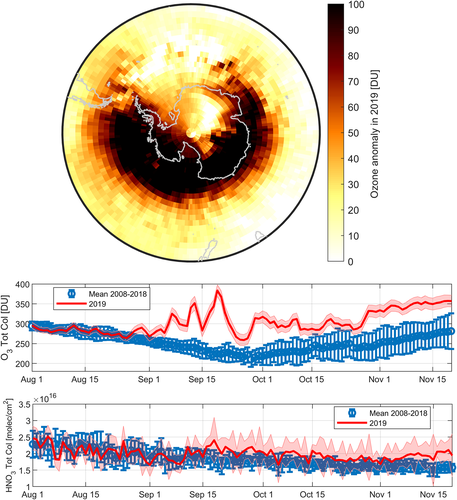Trends in spectrally resolved outgoing longwave radiation from 10 years of satellite measurements
By analyzing the changes in the spectrally resolved Earth’s Outgoing Longwave Radiation (OLR) from 10 years of daily IASI observations, Whitburn et al. (2021) have highlighted the impact of large climate phenomena (in particular El Niño) on the surface and atmospheric temperature and atmospheric composition. More interesting from a longer-term climate monitoring perspective, they were also able to observe clearly the effect of the increasing CO2 and CH4 atmospheric concentrations and of the decrease of CFC-11 and CFC-12 on the outgoing radiation. In the coming years, the extension of the time series with the launch of the IASI-NG sounder on board the Metop-SG platforms will allow to observe and analyze the feedback processes (e.g. increase in surface temperature) associated with the increase of atmospheric greenhouse gases concentrations.






